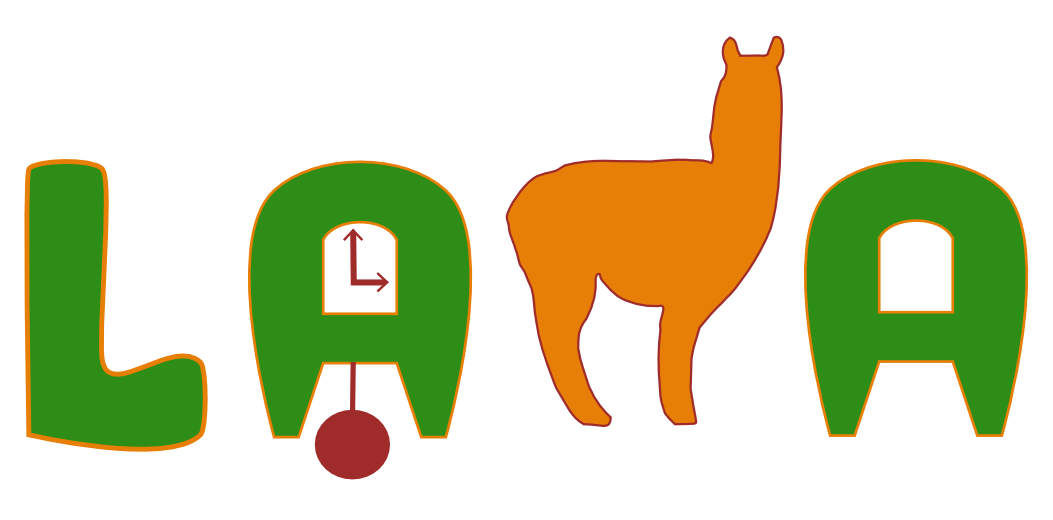

EURIPIDES LAMA

BECAUSE TIME IS PRECIOUS
In the framework of EURIPIDES², a Franco-Swiss partnership has developed an atomic clock that would lose just a single second over 6 million years.
 For clocks to “tell time”, they need to use a frequency reference – an object like a pendulum in a grandfather clock that oscillates at a constant rate, so that swings can denote seconds. But since pendulums were subject to changes in temperature and gravity, causing them to “lose time” progressively, scientists developed atomic clocks, with the first accurate one considered to have been built at the national Physical Laboratory in the UK in 1955, and they have been refining them ever since.
For clocks to “tell time”, they need to use a frequency reference – an object like a pendulum in a grandfather clock that oscillates at a constant rate, so that swings can denote seconds. But since pendulums were subject to changes in temperature and gravity, causing them to “lose time” progressively, scientists developed atomic clocks, with the first accurate one considered to have been built at the national Physical Laboratory in the UK in 1955, and they have been refining them ever since.
The latest breakthrough is impressive: a Franco-Swiss consortium, backed by the European Space Agency, on Euripides project LAMA has found a way to make atomic clocks 10 times more precise, meaning they would lose just a single second over 6 million years. The key was to use a diode laser, explained project coordinator Michel Krakowski, who works for the III-V Lab, a research laboratory backed by THALES, NOKIA and the defence and security research centre, the CEA. Diode lasers have been trialled before but not always successfully. Atomic clocks use the fact that atoms oscillate at high and specific rates to keep a quartz material oscillating at a constant rate. Lasers can be used to ensure the oscillation of the atoms is even more precise but sometimes the reflection that came back to the laser affected its performance. “There have been a lot of developments in laboratories but this type of atomic clock hasn’t taken off industrially, either due to the type of clock or the reflection problem,” said Krakowski.
Keeping pace
Krakowski thinks the Lama partners were able to crack the problem because of their complementary expertise. III-V Lab worked with Swiss company Oscilloquartz and France’s Thales Electron Devices and the Times Frequency Laboratory (LTF) at Neuchâtel University. Thales uses a lot of atomic clocks in the space industry while Oscilloquartz specialises in solar atomic clocks. Without direct competitors in the consortium, the companies were able to share information in a way some research projects cannot, believes Krakowski.
“There have been a lot of developments in laboratories but this type of atomic clock hasn’t taken off industrially before.”
The partners developed a more efficient diode laser, which was highly reliable, had a low current threshold and a low sensitivity to feedback, as well as hermetic packaging, among other advantages. They successfully tested it in their atomic clocks.
The atomic clock Thales Electronic Device developed on the project, using the laser, will be used by Galileo II, the European satellite navigation system. Precise clocks are crucial for navigation systems since if the timings of the signals that satellites send and receive are not accurate, that translates to them being metres off in their calculations of where objects or people are on the ground.
But the clocks won’t just be useful for Galileo. They will also be useful for systems already in operation requiring synchronised communications such as the internet or map applications on our mobile phones. “The diode lasers improve the performances of practically any type of atomic clocks,” said Gaetano Mileti, deputy director of Neuchâtel’s Time Frequency Laboratory, in a statement on the breakthrough.
The researchers have published a number of papers detailing the physics processes involved in the laser light in the clocks and the technological aspects linked to the development of the laser itself. The industrial partners, Thales and Oscilloquartz, are due to commercialise atomic clocks developed as a result of Lama, helping to ensure the two companies remain leading players in a competitive field. “I think we achieved this because we had some very good specialists on the team,” said Krakowski.
LEADER
III-V Lab, www.3-5lab.fr, Michel Krakowski
PARTNERS
- Laboratoire temps fréquence (LTF), www.unine.ch/ltf/home.html
- Oscilloquartz, www.oscilloquartz.com, Switzerland
- Thales Electron Devices, www.thalesgroup.com, France
TOTAL R&D INVESTMENT: €3 million
DURATION: September 2013 to December 2015
COUNTRIES INVOLVED: France, Switzerland
European equipment suppliers benefit from smart analysis methods for 3D integration in advanced m... > DETAILS
BECAUSE TIME IS PRECIOUS
In the framework of EURIPIDES², a Franco-Swiss partnership has devel...
> DETAILSSatellites to battle the digital divide
A Franco-Finnish consortium developed a new generatio...
> DETAILSUPMOST partners win the EUREKA award 2017!
Amplitudes Systemes and Alphanov (France) and HPK ...
> DETAILSSATELLITE COMMUNICATIONS FOR TOMORROW'S PLANES
French electronics group Thales headed a Europ...
> DETAILS
NAVAL NAVIGATION REVOLUTIONISED BY SOLID-STATE COMPASS
A team of engineers from French an...
> DETAILS
European partnership creates intelligent jacket for firemen filled with innovative tech.
A s...
PACKING POWER
French, Spanish and Polish partners developed a small unit that can grab and s...
